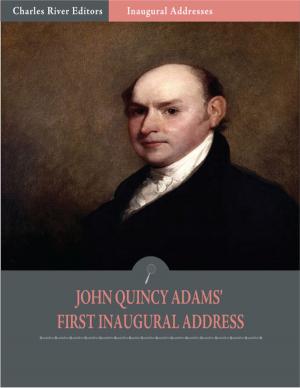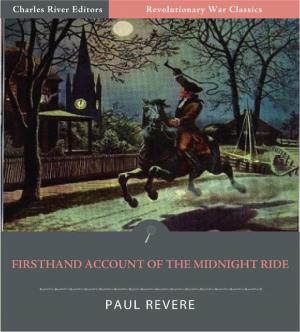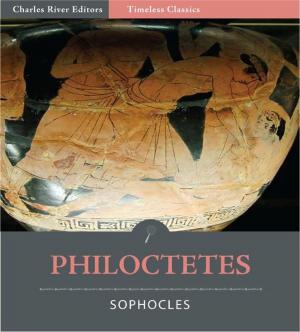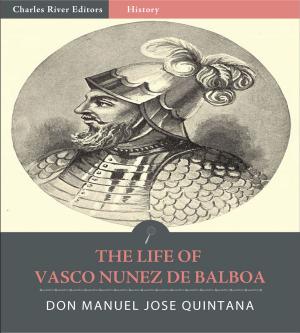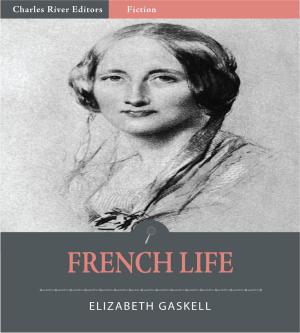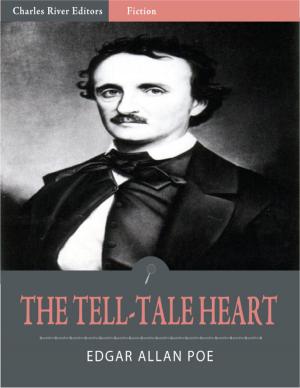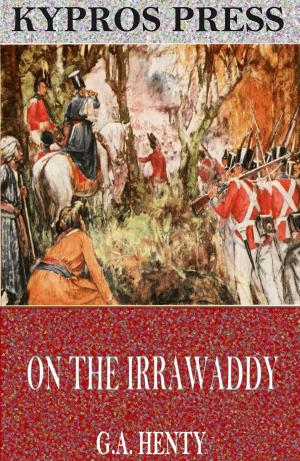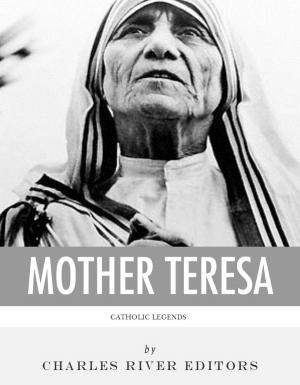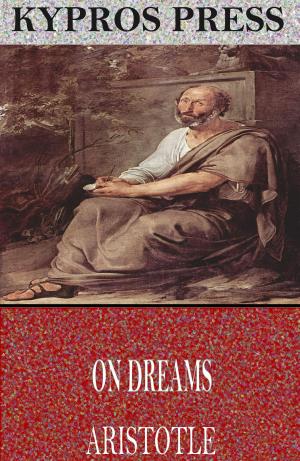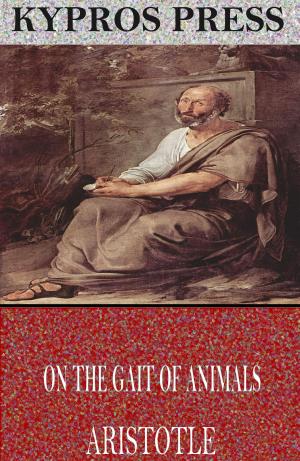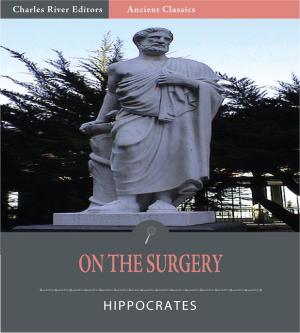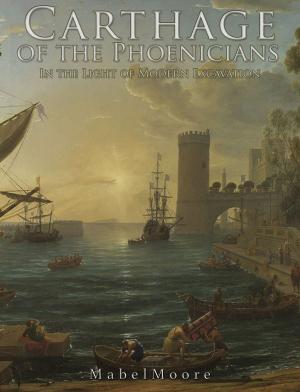What I Saw of Shiloh (Illustrated Edition)
Nonfiction, History, Americas, United States, Civil War Period (1850-1877), 19th Century, Military| Author: | Ambrose Bierce | ISBN: | 9781619823754 |
| Publisher: | Charles River Editors | Publication: | January 20, 2012 |
| Imprint: | Language: | English |
| Author: | Ambrose Bierce |
| ISBN: | 9781619823754 |
| Publisher: | Charles River Editors |
| Publication: | January 20, 2012 |
| Imprint: | |
| Language: | English |
Perhaps no author personified the darker elements of Realism more than Ambrose Bierce (1842-1913), whose service during the Civil War deeply affected him. Bierces short stories, often taking place in the midst of battle, were vivid and dark, despite the fact Bierce did not use a lot of adjectives to describe the characters or actions. Furthermore, some of Bierces stories did not have events occur chronologically, a quality that made them unique for the time. Bierces most famous short story is An Occurrence at Owl Creek Bridge, which begins with a Confederate about to be hanged by a Union force. The first few parts of the story explain how the Confederate was captured and leads up to the present moment in time. When the Confederate is hanged, the rope breaks, and the Confederate begins to make an adventurous escape from Union soldiers. The Confederate makes his way back to his home, and as hes approaching his family, there is a flash of light and everything goes black. It is only then that the reader realizes the escape had been imagined by the Confederate in the seconds prior to being hanged. In fact, the flash of light and sudden blackness represented the actual hanging of the Confederate and his death. Bierce fought at the Battle of Shiloh (April 1862), a terrifying experience that became a source for several later short stories and the memoir, "What I Saw of Shiloh". In June 1864, he sustained a serious head wound at the Battle of Kennesaw Mountain, and spent the rest of the summer on furlough, returning to active duty in September. He was discharged from the army in January 1865. This edition of Bierces short story, What I Saw of Shiloh, is specially formatted with a Table of Contents and includes pictures of the battles most important commanders.
Perhaps no author personified the darker elements of Realism more than Ambrose Bierce (1842-1913), whose service during the Civil War deeply affected him. Bierces short stories, often taking place in the midst of battle, were vivid and dark, despite the fact Bierce did not use a lot of adjectives to describe the characters or actions. Furthermore, some of Bierces stories did not have events occur chronologically, a quality that made them unique for the time. Bierces most famous short story is An Occurrence at Owl Creek Bridge, which begins with a Confederate about to be hanged by a Union force. The first few parts of the story explain how the Confederate was captured and leads up to the present moment in time. When the Confederate is hanged, the rope breaks, and the Confederate begins to make an adventurous escape from Union soldiers. The Confederate makes his way back to his home, and as hes approaching his family, there is a flash of light and everything goes black. It is only then that the reader realizes the escape had been imagined by the Confederate in the seconds prior to being hanged. In fact, the flash of light and sudden blackness represented the actual hanging of the Confederate and his death. Bierce fought at the Battle of Shiloh (April 1862), a terrifying experience that became a source for several later short stories and the memoir, "What I Saw of Shiloh". In June 1864, he sustained a serious head wound at the Battle of Kennesaw Mountain, and spent the rest of the summer on furlough, returning to active duty in September. He was discharged from the army in January 1865. This edition of Bierces short story, What I Saw of Shiloh, is specially formatted with a Table of Contents and includes pictures of the battles most important commanders.


